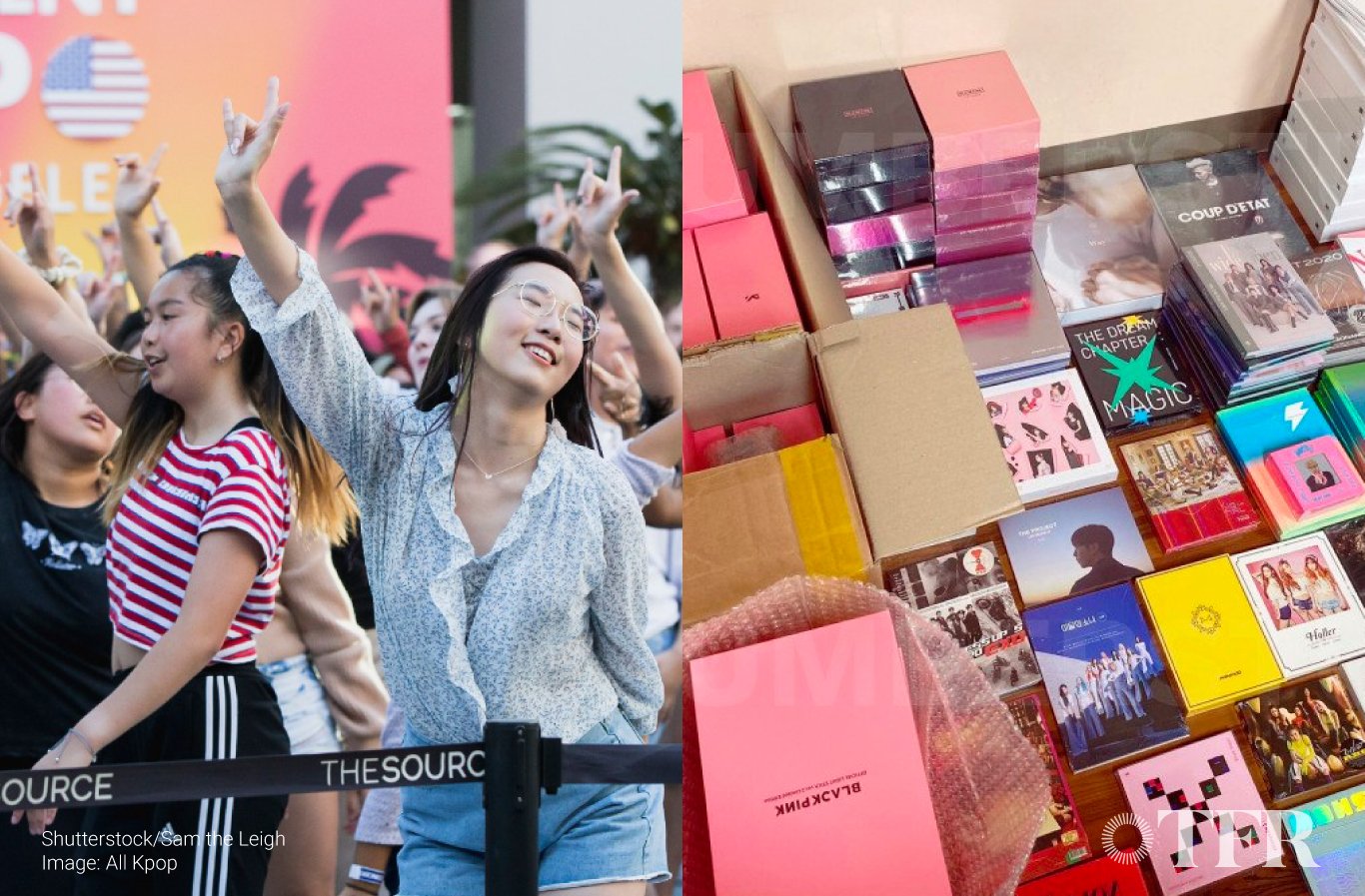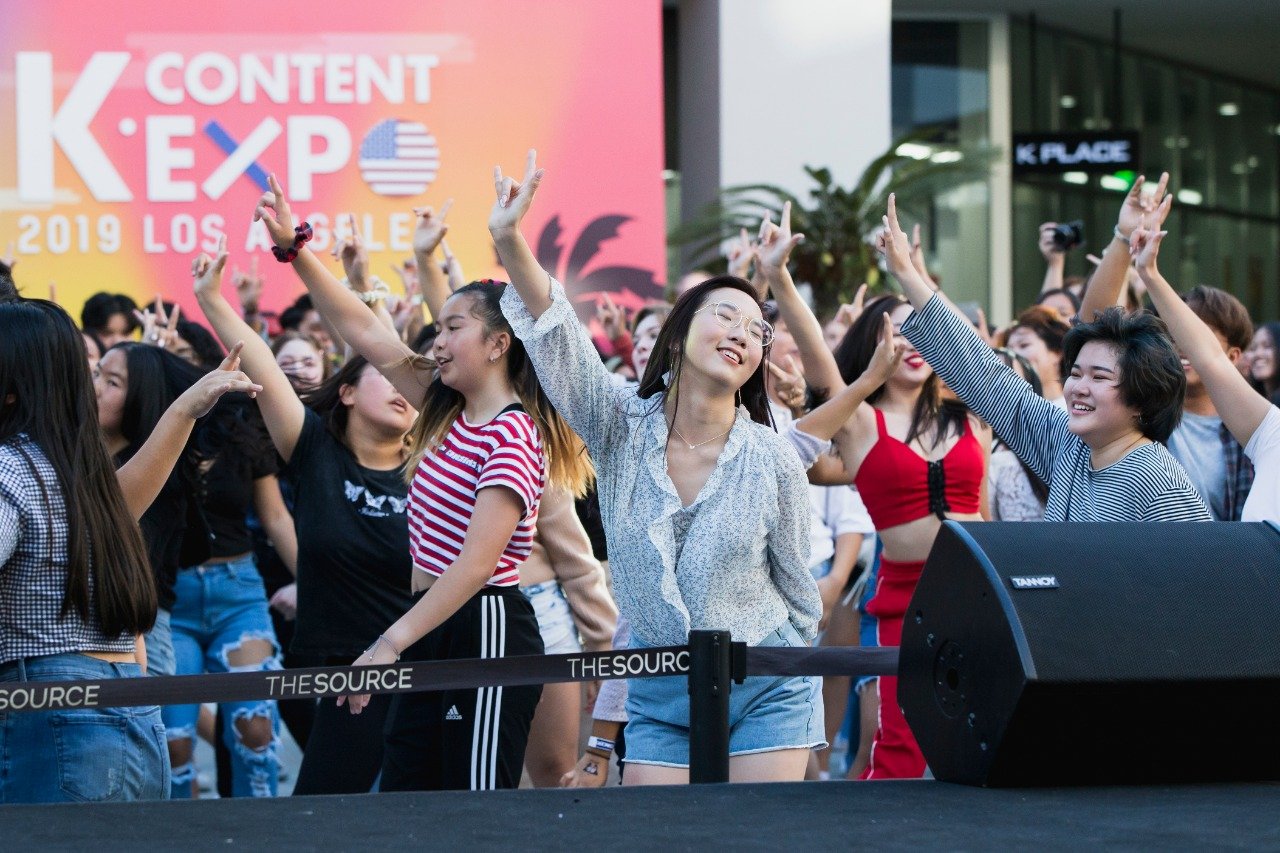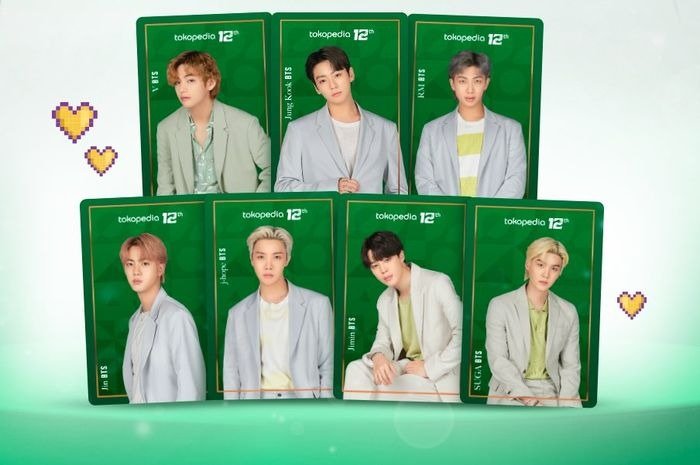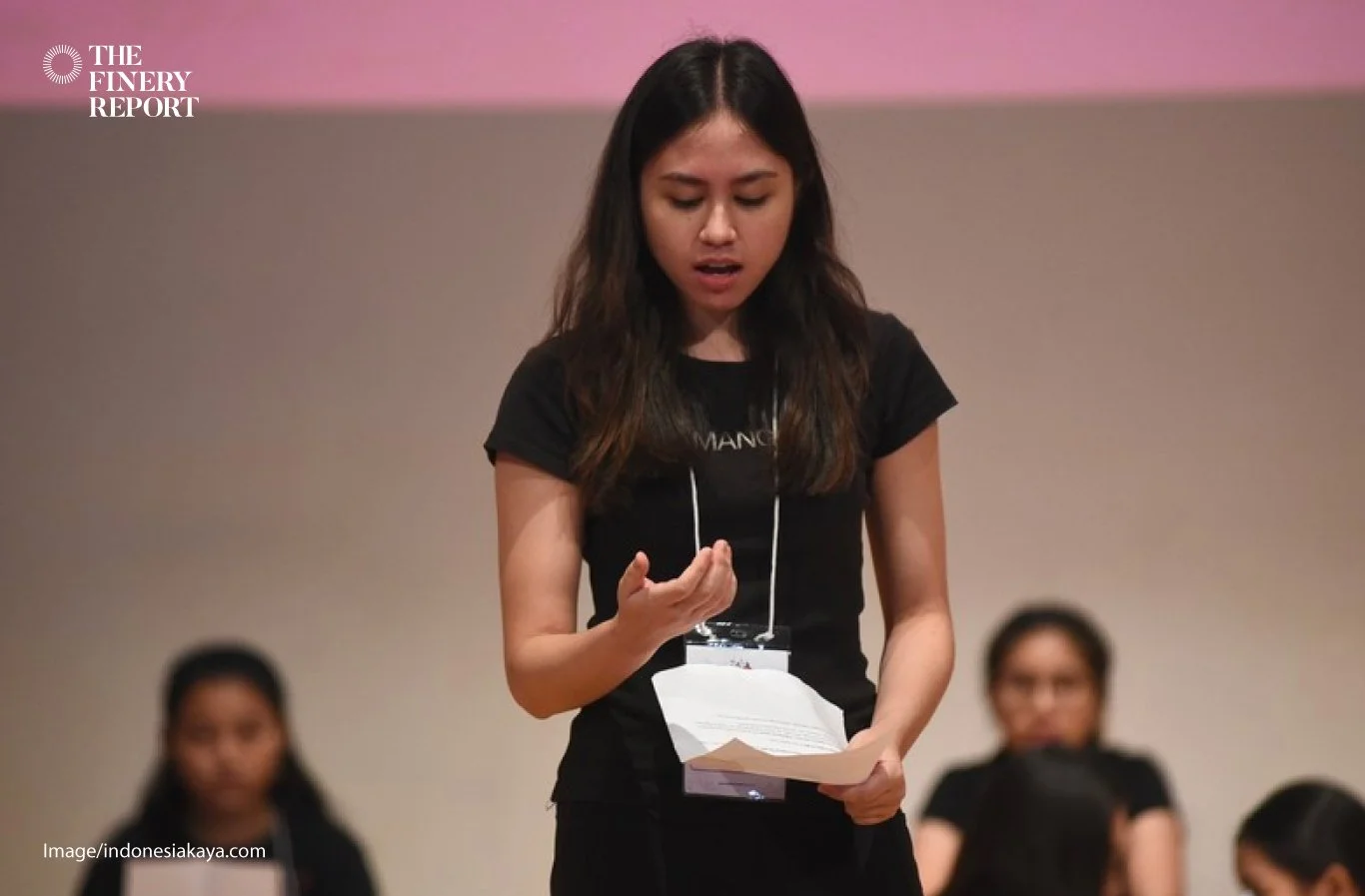The K-pop fans economy: emotional bond, endless support and overconsumption
Written by Fany, Divatasya Belinda Rauf, Lara Dianrama | Read in Indonesian
Hallyu or the Korean Wave has been gaining traction over the past few years. K-drama, K-fashion and K-pop have been growing globally at a fast pace. For K-pop, excellent talents and addictive music are not the only drivers; the support of the fans also plays a huge role.
K-pop idols and their fans have a close relationship which is different from most of Western artists. K-pop labels have developed a new way to make fans feel like they have direct access to their idols through online fan meetings and social media platforms. This refers to parasocial interaction (PSI), a kind of psychological relationship experienced by an audience in their mediated encounters with performers in the mass media, particularly on television and online platforms.
Fandom culture: the bond between K-pop fans and idols
PSI creates a bond between idols and fans because the interactions are plentiful. The fans created fandom culture, a community built to share enjoyment of an aspect of popular culture, to stay connected even though they haven’t met with each other.
Once friendships that are driven by the same interest are established, the fans will eventually form a sense of belonging with each other. Hence, they might form a collective identity, for instance how BTS’ fans call themselves “Army”.
This identity then leads to the construction of “imagined community” - a concept that views fandom activities as similar to how citizens practice their nationalism. However, it is “imagined” because all activities are mediated in the online realm, such as on Twitter which is considered as the place where all K-pop fandom activities take place.
The facilities Twitter has to offer, such as its hashtags and tagging people and links feature, can be seen as one of the reasons why the platform is the most preferable platform for K-pop fans.
Through fandom culture, fans support their idols not only emotionally, but also financially because K-pop in particular is business-oriented. Given the fact that idols often have to pay back their trainee debt, it’s common knowledge that many South Korean acts do not make much money if they haven’t attained the rarified stature of a top-selling group. But, as with BTS, the success of a group is getting increasingly dependent on their fans’ performance as consumers.
Image: The Source OC, Buena Park, California, USA - November 9, 2019: Fans of South Korean Music(KPop) gather to participate in a group activity called "Random Dance Play"(RDP). The concept of 'Random Play’ by Sam the Leigh on Shutterstock
Fans economy and how it contributes to K-pop revenue
A survey that TFR conducted to 169 K-pop fans revealed that they have bought albums, concert tickets, official and unofficial merchandise, access to online events and premium contents, as well as products that K-pop idols use. In most cases, they bought them to support their idols, for collection and to satisfy themselves.
Some of the respondents revealed the reasons behind their purchase decision: first, they would like to support the idols’ hardworks, as album sales affect music charts; second, they see it as a hobby, with some saying that they like to go to concerts while some see K-pop as a their new interest in the middle of the pandemic.
“Due to the pandemic, I ended up spending more money on them because of the limited entertainment,” said a respondent.
Price is the strongest factor that influences fans’ willingness to buy and, eventually, their purchase decision. According to the survey, as many as 6% of fans have a budget of more than Rp10 million, but most (62.2%) have a budget ranging from Rp250,000 to Rp1,000,000.
Photo cards are one of the most popular K-pop merchandise. Almost every album offers a special collectible photo of a group member. Some fans usually want a complete set. Therefore, they buy multiple albums to collect them or buy them from online resellers. One of the reasons why fans love to collect photo cards is to fulfil their satisfaction.
“Photo cards started off as freebies when you purchase K-pop merchandise. Sometimes they also sell them separately as merchandise too. But now it has become a competition, a benchmark of sorts,” said Jane, a fan of BTS and SEVENTEEN.
She added that as a fan, she “doesn't really know we love to collect photo cards but I collect them anyways” - however, it gives her a sense of satisfaction.
As stated by Liang (2016), fans’ purchasing behaviours for their idols represent a kind of self-identity, bringing them not only a sense of belonging within the fans group, but also a sense of satisfaction as they would acquire spiritual pleasure in this process.
“For me, I feel like everyone buys photo cards so they can display them, post them on social media, trying to prove that they are the fangirl/fanboy goals,” she said.
This reflects the statement by Taiwanese author Zhang Qiang who wrote the book “Fans Are Powerful”. “Fans economy takes emotional capital as its core [and] the fans community as its marketing tool to add value to the emotional capital, and the consumer as the leading role,” Qiang wrote.
Image: BTS photo cards from Tokopedia
The flip side of fans economy: overconsumption
K-pop fans are also known for their overspending tendency because of their devotion to their idols, perpetuating mass consumerism and wastefulness. In September 2021, Chinese social media platform Weibo banned a fanclub of BTS to restrain obsession and excessive spending. K-pop fans are willing to utilise this “fan economy” to boost social media metrics for their idols, influence social issues and impact the economy in real ways.
For example, high-end brands have been working with the K-pop industry in order to reach a younger audience, which is Gen Z. They appoint South Korean stars as brand ambassadors, such as BTS for Louis Vuitton, Itzy for Burberry and Aespa for Givenchy.
Brand ambassadors must appeal not only across marketing channels, but integrate deeply with the brand, from showcasing their clothing and accessories as part of their lifestyle to creating brand content. In 2020, Kai of EXO collaborated with Gucci and became deeply involved with the capsule collection which led to instant sell-out across Asia.
The success of McDonald’s BTS Meal from last year can be seen as another example of how a brand teams up with a K-pop group as a part of their strategy to reach more audience and, of course, consumers. BTS is known as South Korea's highest-paid CF (commercial film) star. The BTS Meal contributed about $8.5 million to both BTS and McDonald’s earnings.
Back to the overspending tendency, it is actually supported or even encouraged by the K-pop companies themselves. Upon the release of each album, as a part of their marketing tool, the companies will release multiple versions. Devoted fans will definitely purchase one or more albums with different versions, not to mention that each album will come with the random photocard(s) of the member(s).
Jane shared that as she goes inside the whole photocard-collecting euphoria, she realised that it is somehow toxic.
“The whole selling or buying photocard industry somehow isn’t healthy anymore, certain members' photo cards are cheaper than the other members, and the famous members' photocard price went up,” she explained. She even sees this as a form of investment in the fan culture as it is similar to how the stock exchange works.
Some fans even bulk buy albums in order to attend the so-called fansign events, when fans can meet the idols one-on-one. To enter fansign, fans need to buy an unrealistic amount of albums. Buying more albums means more chances to win - similar to the lottery system. Two respondents in the survey who said that they have attended fansigns even stated that they spent up to Rp30 million to enter one fansign.
Sustainability issue in fans’ purchasing habit
This leads to the issue of sustainability, raising the question about the environmental impact of the K-pop industry. It is no wonder that people often find boxes of unsealed albums - whose photo cards have been taken, gone to waste. Reiterating Jane’s previous statement, photo cards are considered as the most valuable piece in K-pop albums.
However, some K-pop artists have tried to overcome these sustainability issues. For example, GOT7’s leader JAY B produced his solo album “SOMO:FUME” from eco-friendly and recyclable materials, packed with paper envelopes.
Victon employs a new strategy for their latest album to minimise waste, offering digital album purchase. With this method, fans will only receive the photo card on every digital album purchase.
Meanwhile, BTS’ parent company HYBE announced its plan to tap into NFTs, releasing digital photo cards which offer fans a secure ownership. However, it leads to backlash as fans see the move as contradictory to BTS’ previous sustainability efforts, given the fact that NFT produces a lot of carbon footprint.
All these leave us wondering: if the biggest K-pop company HYBE proceeds with its NFT plan, will K-pop fans eventually become not only photo card collectors, but also NFT collectors?





















